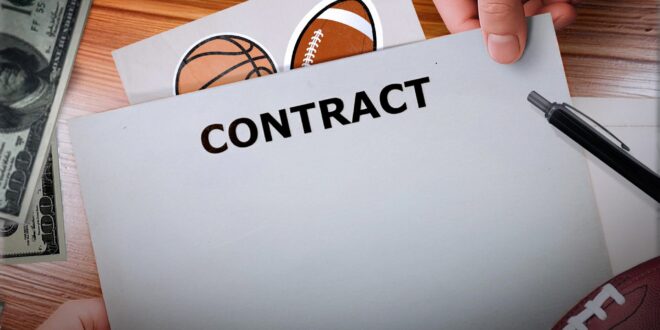A new chapter in college athletics has begun … but the story is far from finished. This summer’s landmark House v. NCAA settlement cracked open the door to revenue sharing and ushered in sweeping reforms, but even a multibillion-dollar agreement can’t escape turbulence. Legal challenges are already mounting, Congress is inching closer to direct involvement, and the sport’s power brokers are bracing for another round of seismic decisions as key media deals — including that involving the College Football Playoff — near expiration in the early 2030s.
Using the House settlement’s 10-year timeline as a guiding framework, CBS Sports spoke with dozens of stakeholders to explore what the future of college athletics might look like by 2035. This four-part series, begins with the most crucial piece of them all: the players.
The Collective Bargaining Chip
As college sports hurtle into a new era of revenue sharing and tighter reins on third-party payments, the landscape is shifting fast — and not without friction. A new battle is brewing between athletes and administrators, one that could redefine the power dynamic at the heart of the multibillion-dollar enterprise.
Yes, players are finally sharing revenue with their schools, but they still lack negotiating power over salary caps, health benefits and rule making. Across the sprawling ecosystem of stakeholders — athletic directors, attorneys, commissioners, and player advocates — there’s little agreement on whether collective bargaining is a solution, a threat or both.
Tennessee athletics director Danny White saw the storm clouds forming back on July 1, 2021 — the day the NCAA cracked open the door for athletes to profit from their name, image and likeness. What followed was a…
Source link : https://www.cbssports.com/college-football/news/after-the-house-v-ncaa-settlement-will-college-athletes-be-able-to-gain-real-power-by-2035/
Author : Brandon Marcello
Publish date : 2025-08-04 15:01:00
Copyright for syndicated content belongs to the linked Source.
